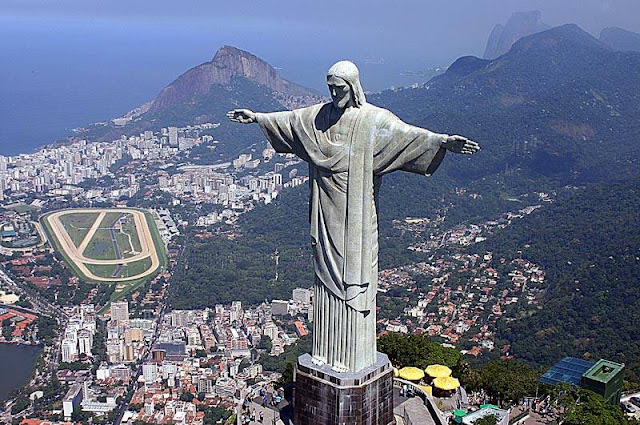Great Wall of China
The Excellent Surfaces of China suppliers was designed to weblink current fortifications into a u. s. immune system and better keep infiltrating Mongol communities out of China suppliers. It is the biggest man-made monument ever to have been designed and it is questioned that it is the only one noticeable from space. Many many people must have given their lifestyles to develop this enormous development.
"Great Wall" blows here. For other uses, see Excellent Surfaces (disambiguation).
Great Surfaces of China
The Excellent Surfaces of China suppliers at Jinshanling
The Excellent Surfaces of China suppliers is a sequence of fortifications created of rock, rock, tamped world, timber, and many other components, generally designed along an east-to-west line across the traditional north boundaries of China suppliers to secure the China declares and powers against the raids and invasions of the various nomadic multiple the Eurasian Steppe. Several walls were being designed as early as the 7th millennium BCE;[2]these, later signed up with together generating larger and more powerful, are now jointly generally known as the Excellent Surfaces.[3] Especially popular is the wall designed 220–206 BCE by Qin Shi Huang, the first Emperor of China suppliers. Little of that wall continues to be. Since then, the Excellent Surfaces has on and off been renewed, managed, and enhanced; the greater part of the current wall is from the Ming Empire.
Other purpose of the Excellent Surfaces have involved boundary manages, enabling the imposition of responsibilities on products transferred along the Soft silk Street, control or motivation of business and the control of migrants and emigration. Furthermore, the protecting features of the Excellent Surfaces were improved by with regards to watch systems, troop barracks, garrison channels, signaling abilities through the means of smoking or flame, and the fact that the way of the Excellent Surfaces also provided as a transport area.
The Excellent Surfaces extends from Dandong in the eastern, to Lop Pond in the western world, along an arc that approximately delineates the southeast side of Inner Mongolia. A wide traditional study, using innovative technological innovation, has determined that the Ming walls evaluate 8,850 km (5,500 mi).[4] This consists of 6,259 km (3,889 mi) parts of real wall, 359 km (223 mi) of ditches and 2,232 km (1,387 mi) of natural protecting limitations such as mountains and waterways.[4] Another traditional study found that the entire wall with all of its divisions evaluate out to be 21,196 km (13,171 mi).[5]



